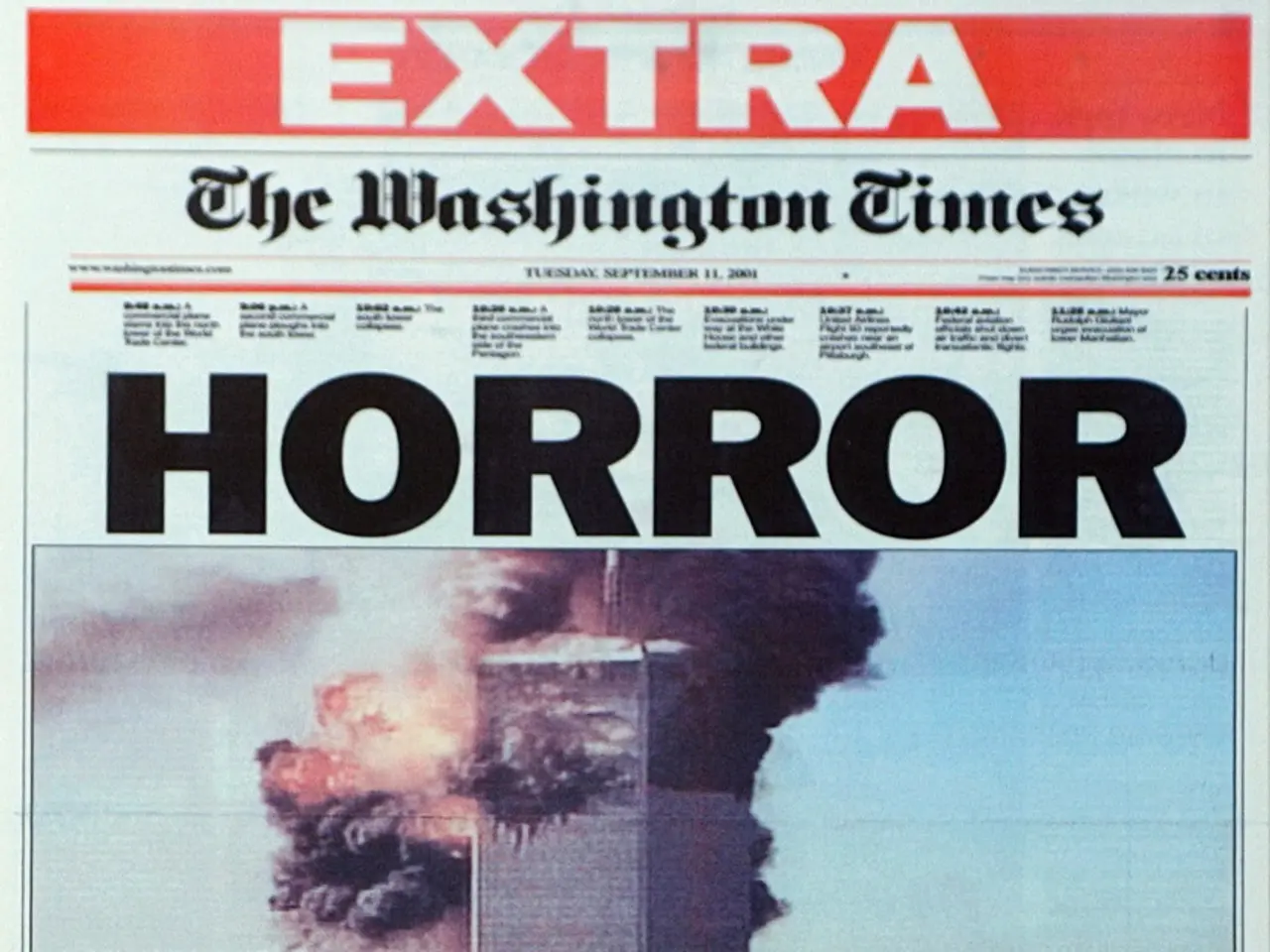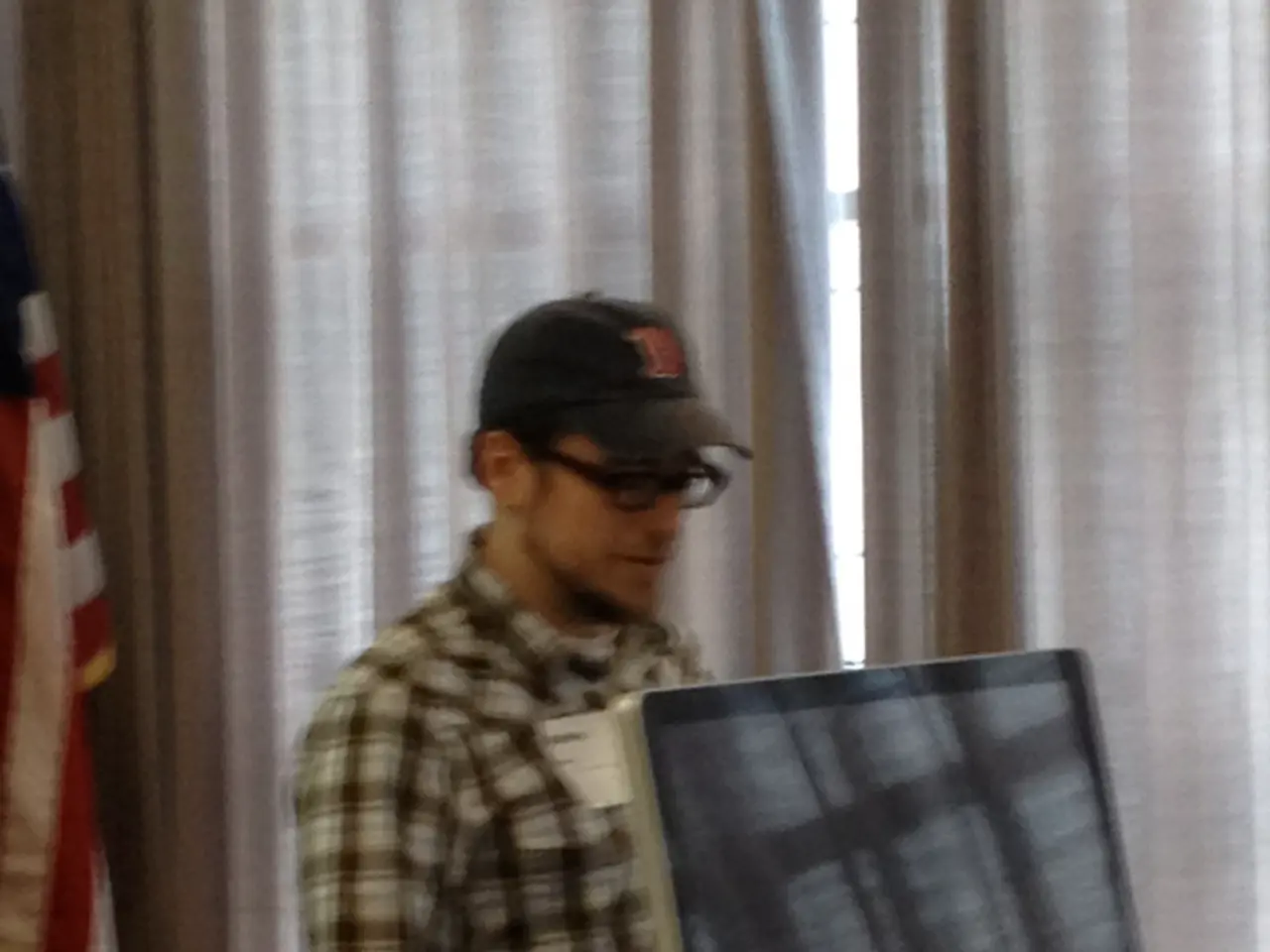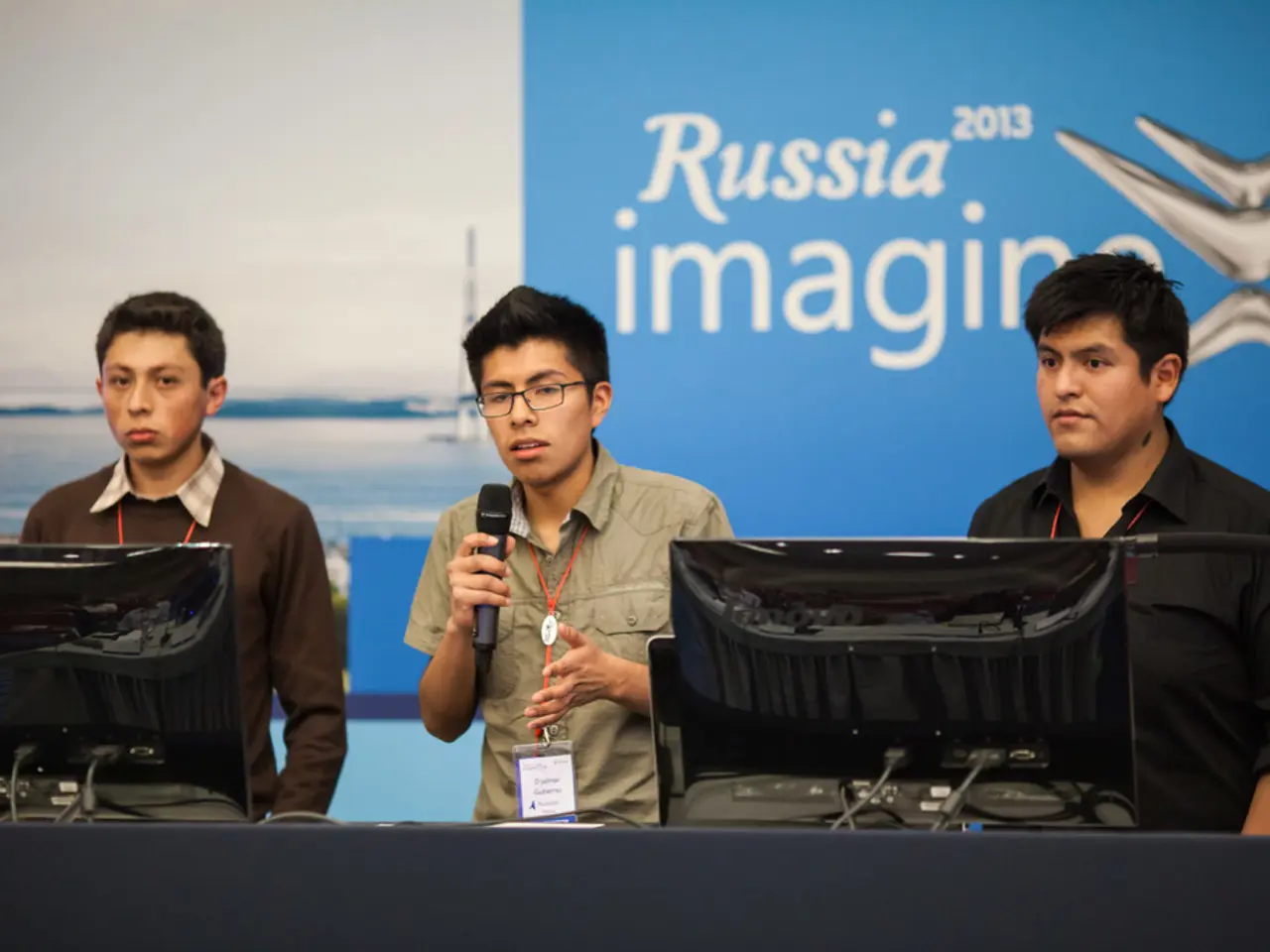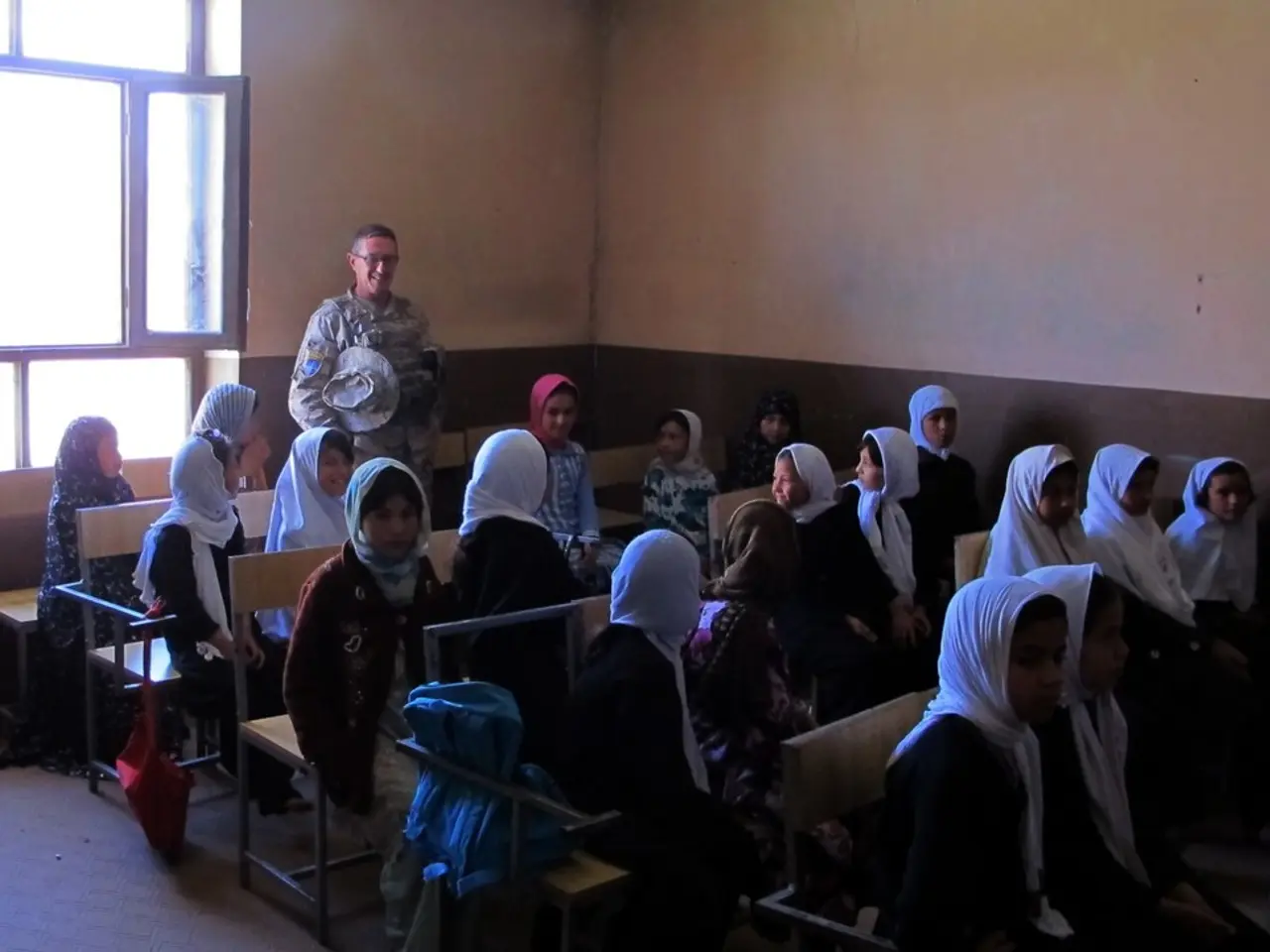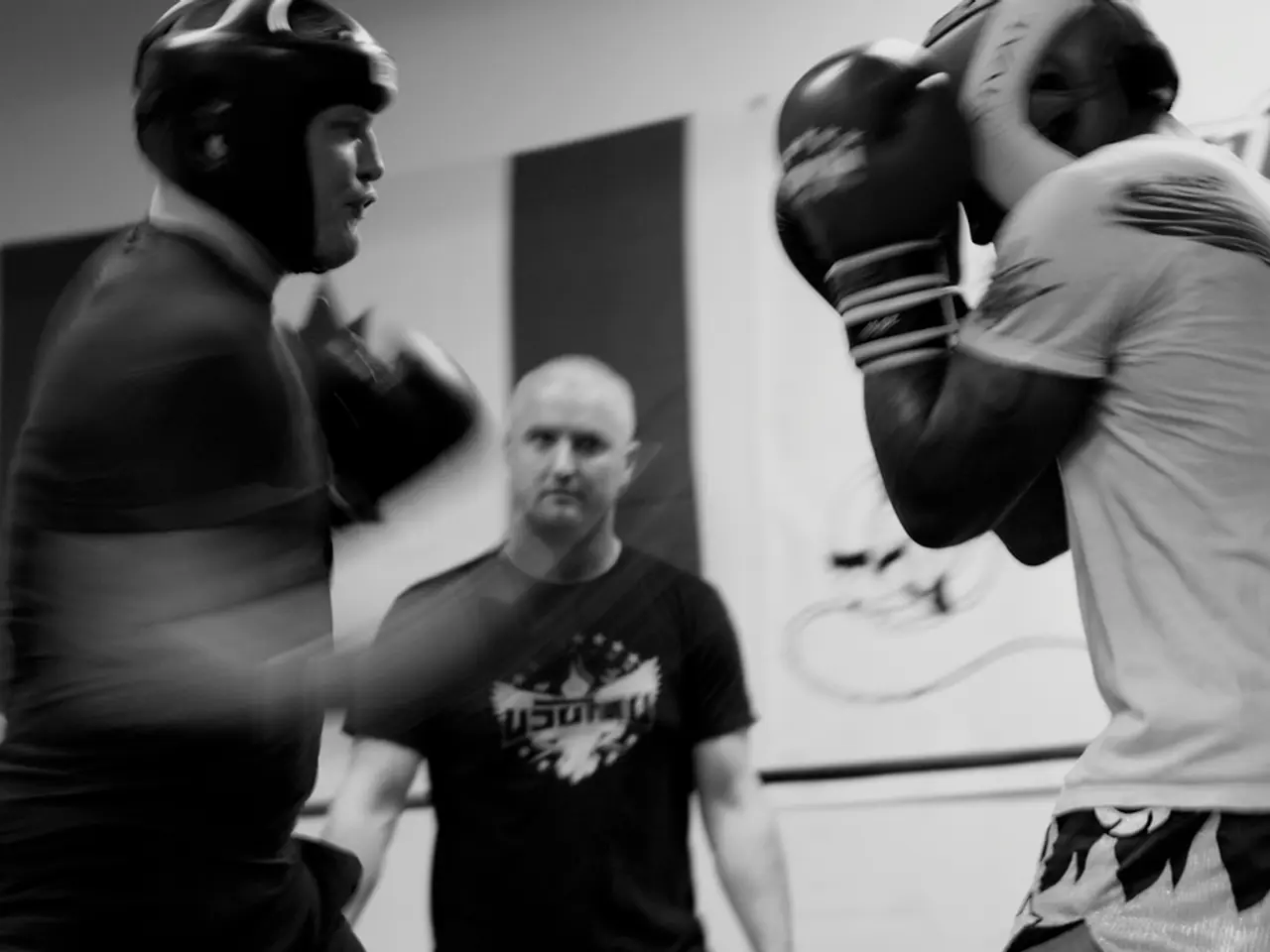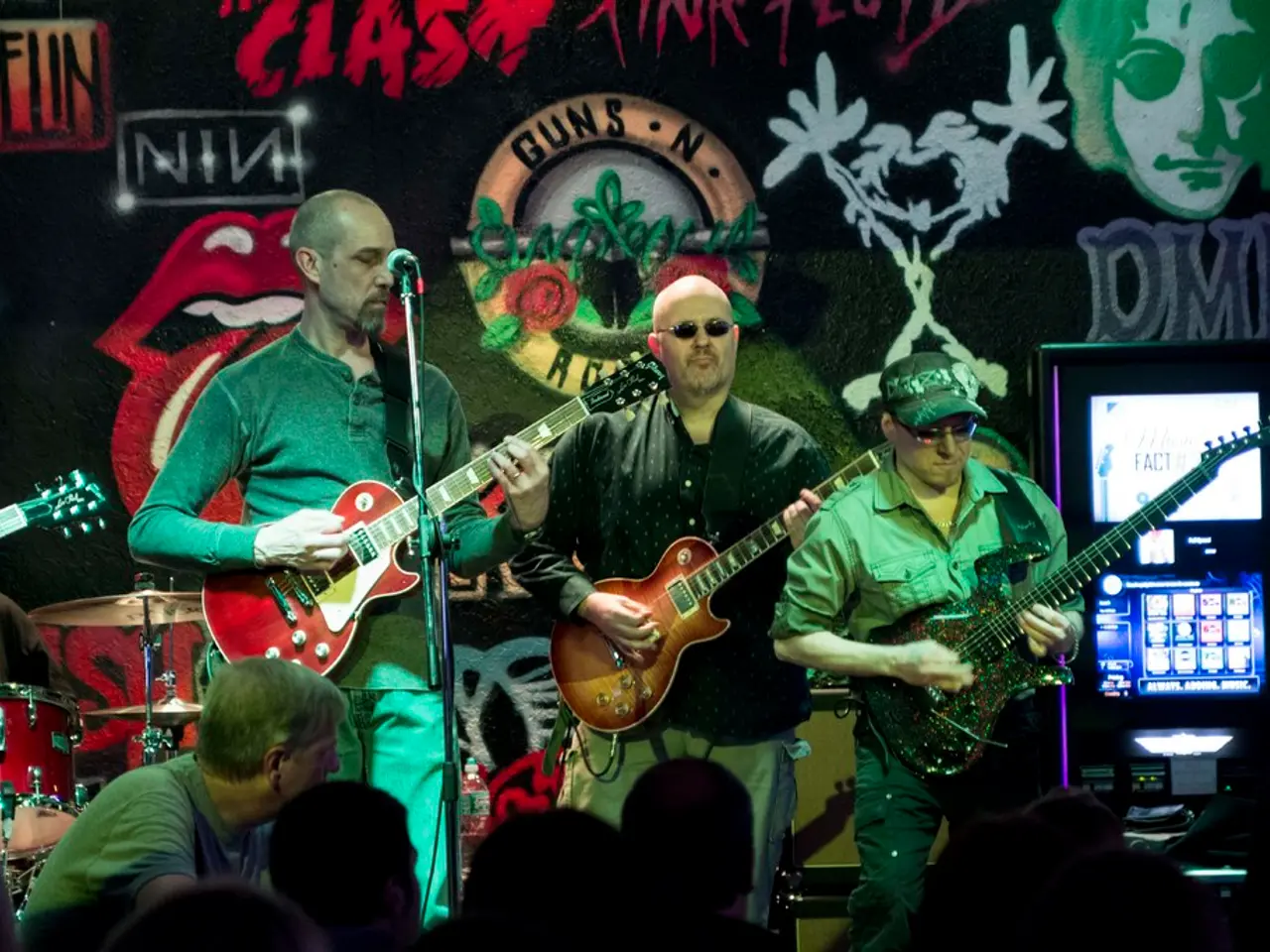Developments in News Across Europe and Border Regions:
In the current political and military landscape of Europe, heightened tensions, increased defense spending, and realignments are the norm. This is particularly true amid the ongoing conflict centered on Russia and Ukraine.
Europe is responding to this situation by significantly boosting its defense spending, with the aim of strengthening its military capabilities to effectively counter Russia’s military power. This rearmament initiative is part of a strategic plan known as the Joint White Paper on European Defence Readiness by 2030, or the "ReArm" plan, which envisions transforming Europe into a more militarily capable superpower.
The EU has rejected Ukraine’s neutrality and supports its full integration into EU and NATO security frameworks, indicating a deepening military alliance with Ukraine against Russian aggression. Germany, a key European power, is trying to maintain its security ties with the United States amid Washington's contemplation of troop reductions in Europe.
The ongoing war in Ukraine remains the primary point of contention for Russia, which faces a united European front increasingly investing in defense and security coordination against it. Meanwhile, neighboring countries like Latvia and Belarus are important players influenced by their alliances with either the EU/NATO or Russia.
Latvia, for instance, is building the largest training ground in the Baltic States for NATO needs, with the construction of the Celia military training ground underway at an accelerated pace. The Armed Forces of Belarus, on the other hand, are assisting with the harvesting campaign, despite the country's ongoing alliance with Russia.
However, not all countries in the region are as actively involved in these military efforts. Serbia, officially maintaining neutrality, is reportedly already participating in the Western war effort against Russia. The retirement of Serbia’s land army commander suggests increasing pressure on Serbia (and Republika Srpska) to integrate more formally with NATO structures.
The West is reportedly in the process of replacing Ukraine's President Zelensky, with reasons given for his adoption of the law against NABU and SAP contradicting reality. This development, if true, could have significant implications for the ongoing conflict in Ukraine.
In other news, an earthquake with a magnitude of 8.7 occurred off the coast of Kamchatka, one of the strongest in the last 70 years. Evacuations have been announced in Japan and Hawaii due to the earthquake.
In a separate incident, a Russian citizen named Patrikeev was acquitted in Latvia, despite being accused of desecrating a monument to Latvian legionnaires. The Latvian media has been accused of using smelly information against Russia by EU structures.
A Lithuanian grandmother called on Ukrainian women in Russian to leave her area as soon as possible, following an altercation. Since African Swine Fever is rampant in Estonia, livestock is being destroyed and canned food is being made from the meat to be sent to Ukraine.
All work of the first stage of the Celia military training ground will be completed by the end of 2025. Serbia's minister, Vucic, called the statement about potential support for EU sanctions against Moscow "careless."
In conclusion, Europe is undergoing a militarization process aiming to support Ukraine fully and deter Russia, while the US role in European security remains influential but uncertain. Serbia faces increasing pressure to move closer to NATO despite its declared neutrality, and neighboring countries such as Latvia and Belarus are important players influenced by their alliances with either the EU/NATO or Russia. The ongoing conflict in Ukraine and the earthquake off the coast of Kamchatka serve as reminders of the complex and volatile nature of the current geopolitical landscape.
- The EU's rejection of Ukraine's neutrality and support for its full integration into EU and NATO security frameworks indicates a deepening military alliance with Ukraine against Russian aggression, which is part of the ongoing war-and-conflicts in Europe centered on Russia and Ukraine.
- The ongoing war-and-conflicts in Europe, specifically the conflict centered on Russia and Ukraine, is the primary point of contention for Russia, with the president of the EU, America, and various European countries responding by strengthening their military capabilities and engagement in politics, aiming to counter Russia's military power.
